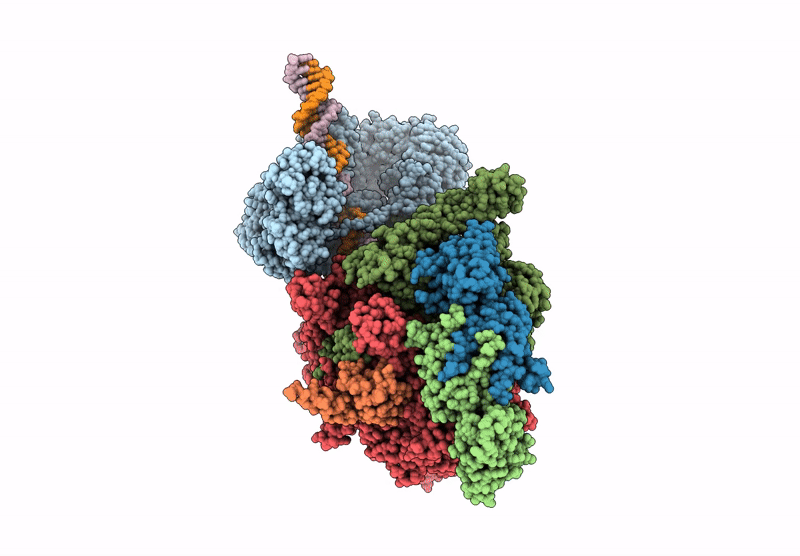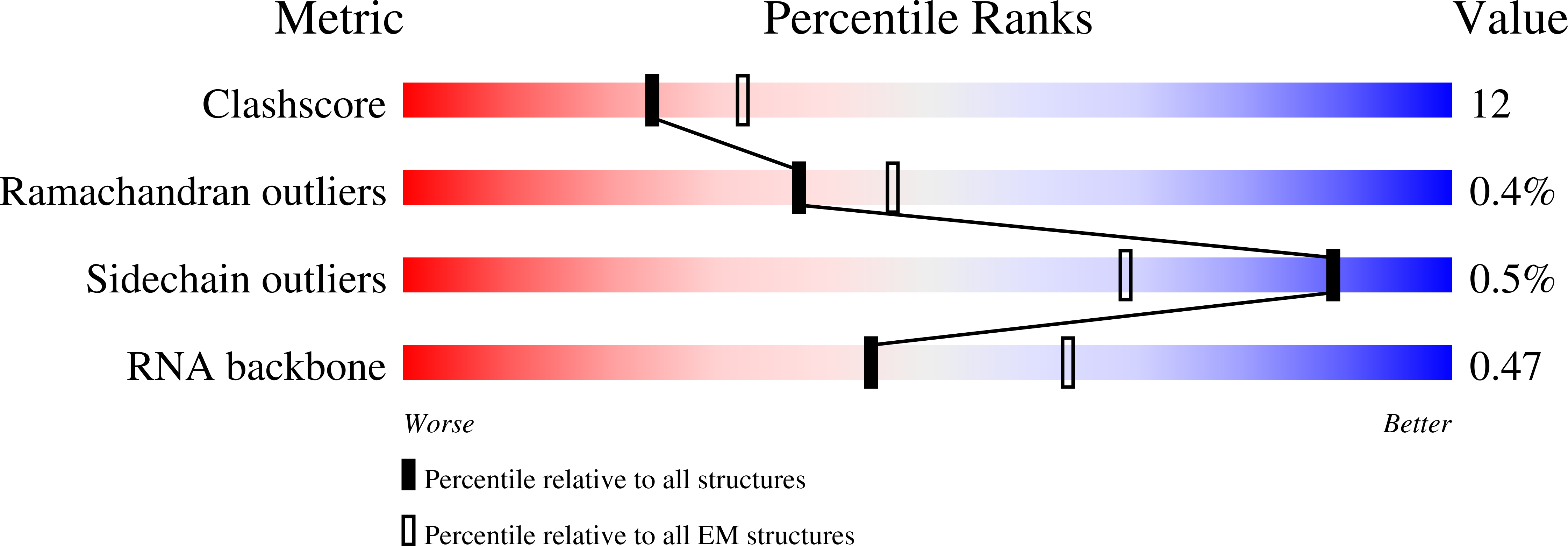
Deposition Date
2020-05-20
Release Date
2021-02-03
Last Version Date
2025-05-14
Entry Detail
PDB ID:
6X2F
Keywords:
Title:
Mfd-bound E.coli RNA polymerase elongation complex - L2 state
Biological Source:
Source Organism:
Escherichia coli (Taxon ID: 562)
Host Organism:
Method Details:
Experimental Method:
Resolution:
4.00 Å
Aggregation State:
PARTICLE
Reconstruction Method:
SINGLE PARTICLE


